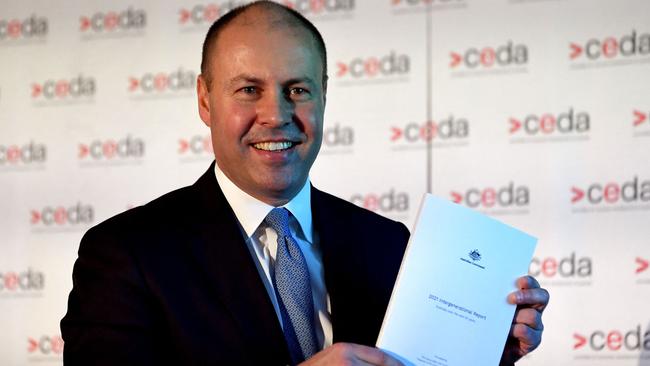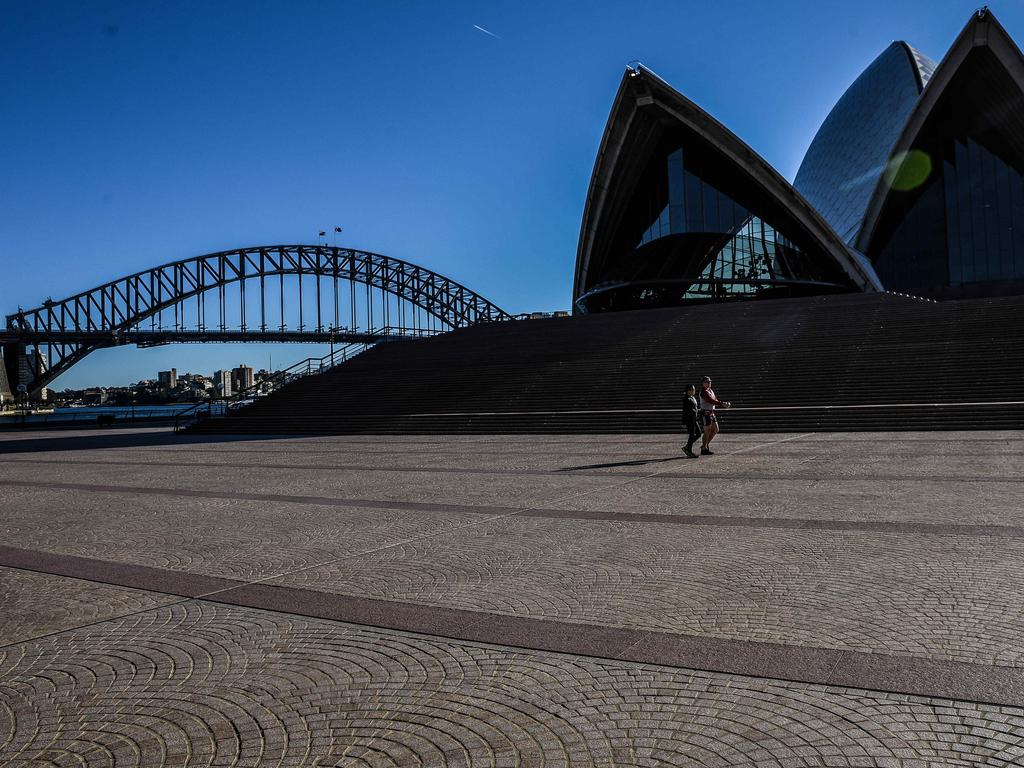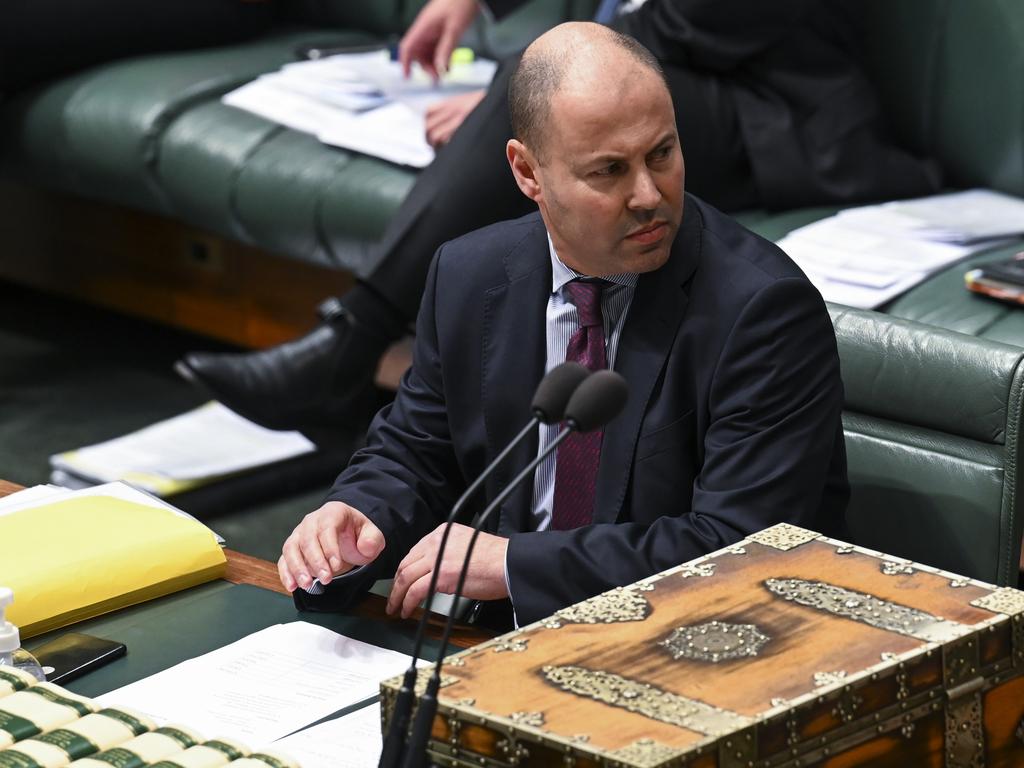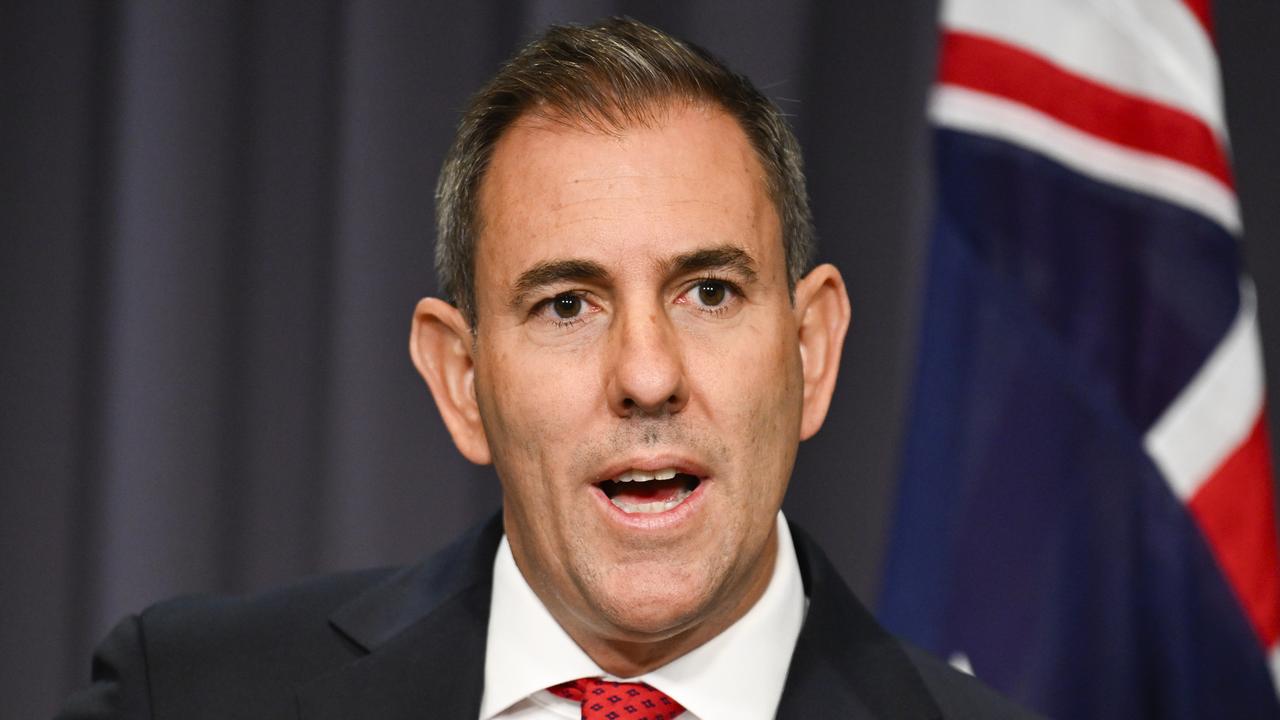
Josh Frydenberg has confirmed he will maintain tradition and hand the Productivity Commission a review next year on how best to boost productivity, and for his next trick he will explain progress on the last five-year review, which was released in 2017.
This was left missing from the government response to the latest Intergenerational Report even though the Treasurer rightly highlighted some of his policy actions and acknowledged the productivity challenges ahead.
The Shifting the Dial Report was the first of its kind, a five-year review of the key productivity drivers, and released at the time with much flourish from then treasurer Scott Morrison.
His talk was better than his action.
The PC report focused on three non-market-facing sectors in health, education and transport, given they are three of the fastest-growing sectors of the economy over which the government had direct control.
In releasing the latest intergenerational report at a CEDA function on Monday, Frydenberg listed his structural reforms, which at best skirted past the PC recommendations.
This said, some were long overdue and have the potential to be of major benefit to the economy, which is important given productivity growth at 0.8 per cent is well short of long-term projections of 1.5 per cent a year.
Structural reform is that which changes the fabric of the economy – which is different to tax cuts, which don’t.
The changes listed by Frydenberg include mutual recognition for work licences, which was a big plus, the budget measure to offer tax cuts to local developed patents, digital payments mandated through the ACCC’s code of conduct, and consumer data rights to give people more control over their data.
CEDA argued Australia “really must become a leading digital nation if it is to meet the challenges outlined in this report”.
“While there were important initiatives in the recent federal budget, including the $1.2bn digital economy strategy, greater clarity is needed on what it will take to achieve the government’s aspiration to be a leading digital nation,” CEDA’s Melinda Cilento said.
“A good way to start is by appointing a chief technologist to guide the implementation of digital and tech services, and communicate the opportunities and risks of these technologies.”
Without downplaying any of Frydenberg’s initiatives, there is obviously plenty of work to do.
There was one missing element in the report – China, maybe because the Treasury hopes this is a passing phase or maybe a change in leadership in China will see a change in the attitude towards Australia.
Exports account for 22 per cent of GDP, of which 63 per cent are resources and China is the major buyer and major price setter.
Morrison returned from the G7 meeting in the UK buoyed by the support of his tough attitude towards China.
Whatever the leaders had to say, the fact is BHP now sells zero tonnes of coking coal to China and Canada is ramping up its exports.
The point being the leaders may say things at conferences but in reality they are doing what suits them when they get home.
The China relationship is a big black mark on the economy no matter how you cut it and needs to be addressed by Frydenberg and his colleagues.
Cilento said emphatically: “Australia can’t afford another lost decade of policy reform.”
The PC recommended action such as increased responsibility to local area health networks, with the GP assuming a more central role in the health system to manage chronic disease.
It argued undergraduate students are cross-subsidising university research so it would work better if student fees were cut and were just applied to teaching costs and fund research separately.
That way, student debts would not be a burden on the sector, it added.
Land taxes instead of payroll taxes and more user-pay models on roads were also recommended, but with the exception of NSW Treasurer Dominic Perrottet, the reforms have received little backing from the states or Canberra.
Granted the pandemic has taken precedence, but initial co-operation between Canberra and the states when Covid first hit has all but disappeared.
The reforms recommended by the PC in its 2017 report required fundamental agreements between the two because many of the sectors are run by the states and funded by Canberra.
Climate change is treated as a no-go zone by Canberra, but the industry has the potential to be a multibillion-dollar positive for the economy with the right federal leadership.
The Treasury report highlighted the impact of climate change but stopped short of highlighting the benefits that can flow from Australia’s abundant land mass, wind and solar resources.
The sticking point is the reluctance to back a price-setting mechanism on carbon that would drive innovation in the sector.
Lower population growth is the biggest negative on future GDP growth, according to the report, a direct impact of lower growth due to Covid.
Frydenberg talked about plans to increase targeted skills migration, which is a plus, but in the short term companies are keen to learn when the borders will open.
Privately, the government is telling business it won’t happen until the middle of next year, which will no doubt take it past the next federal election.
Business worries there is only so much you can do via Zoom and long-term relationships need constant support, which means open borders.
–
Metcash buyback
Metcash boss Jeff Adams raised $330m in April last year at $2.80 a share, and Monday flagged buying back $175m at about $3.69 a share. On the surface this doesn’t make much sense, even if Adams did point out the capital raise came in the early days of Covid.
Covid was a major boon for Metcash’s IGA stores, which benefited from the buy-local trend that it says is continuing today.
Coles and Woolworths dispute this call, but the big unknown comes in capital expenditure when you consider Coles and Woolworths are spending like drunken sailors with capex of $1.2bn and $2bn respectively.
Metcash is a wholesaler so probably doesn’t have the same degree of urgency, which explains its capex at $85m.
If you work on the assumption Coles and Woolies are not throwing away money, then Metcash’s IGA network has a problem that will play out in future years.
Food sales in the first eight weeks of this financial year were down 8 per cent on last year, including the loss of the 7-Eleven and Drakes business, which is not a great start to the year.
Hardware was the star performer, with Mitre 10 and Total Tools growing sales by 31 per cent and profits by 62 per cent.
The better operating performance explains why Metcash paid $57m for the first 70 per cent of Total Tools, then $42.5m for the next 10 per cent.







